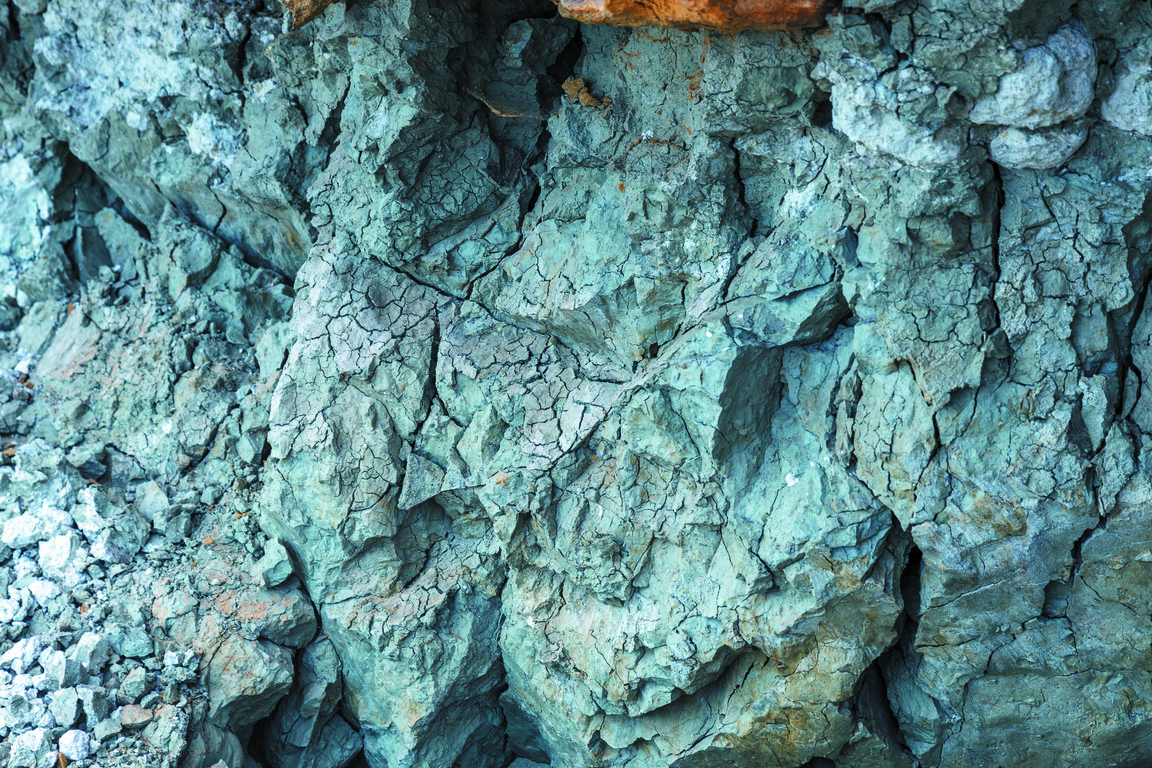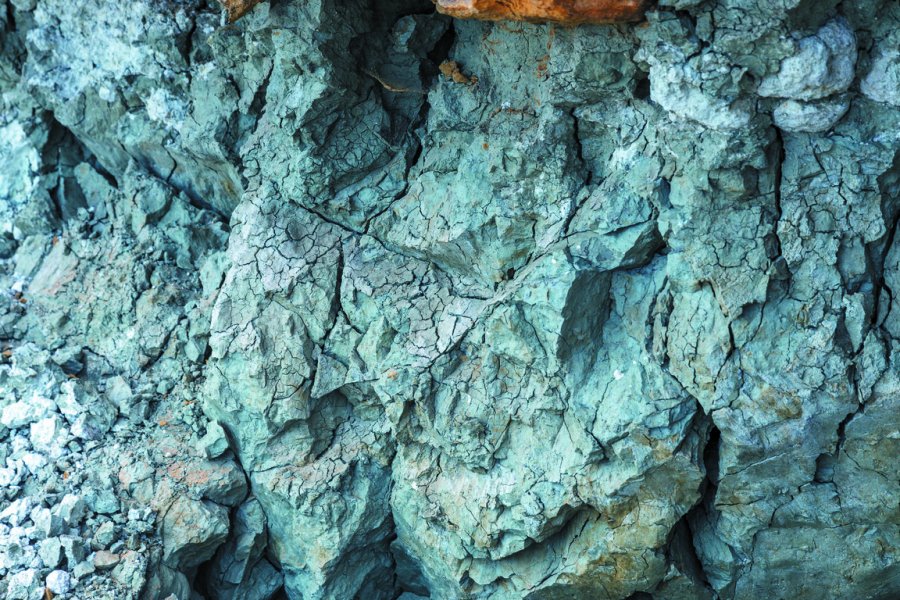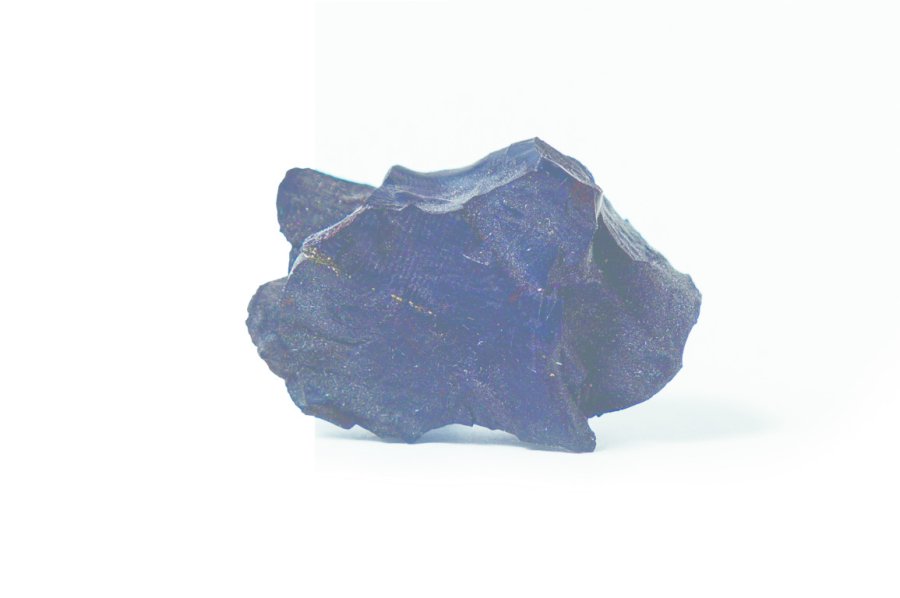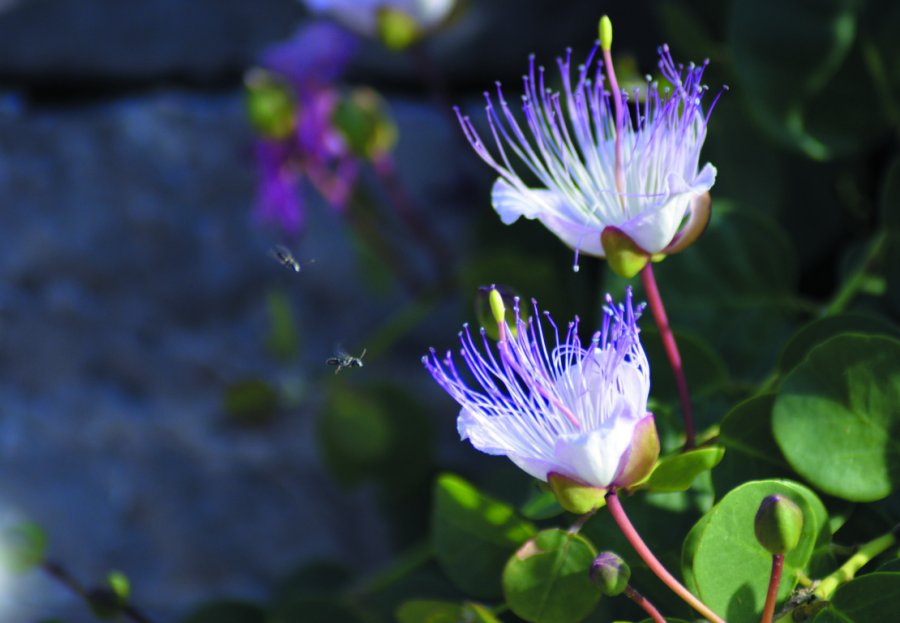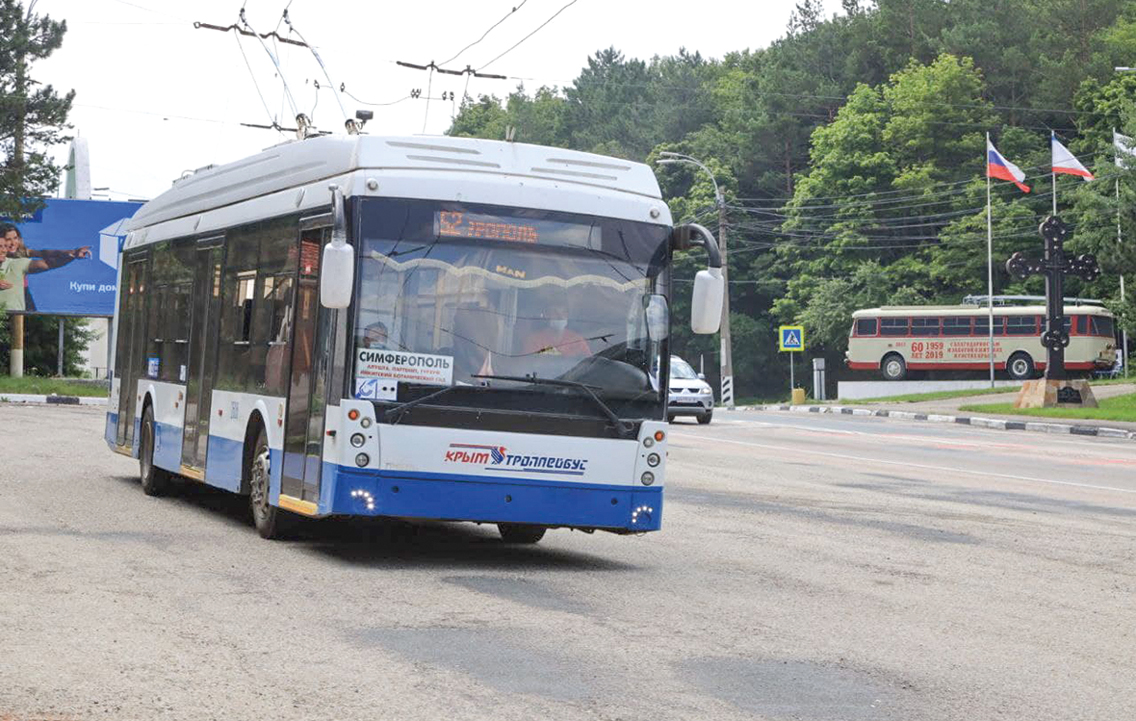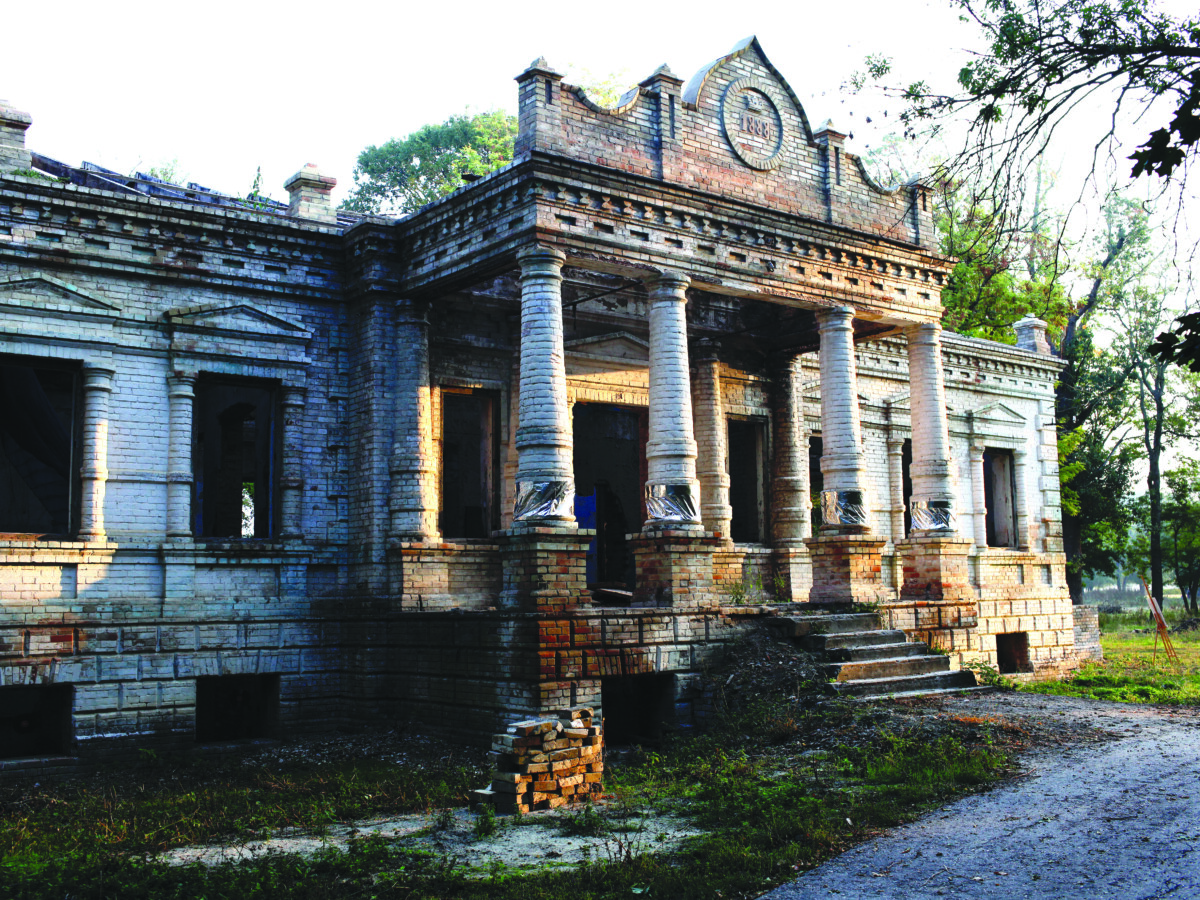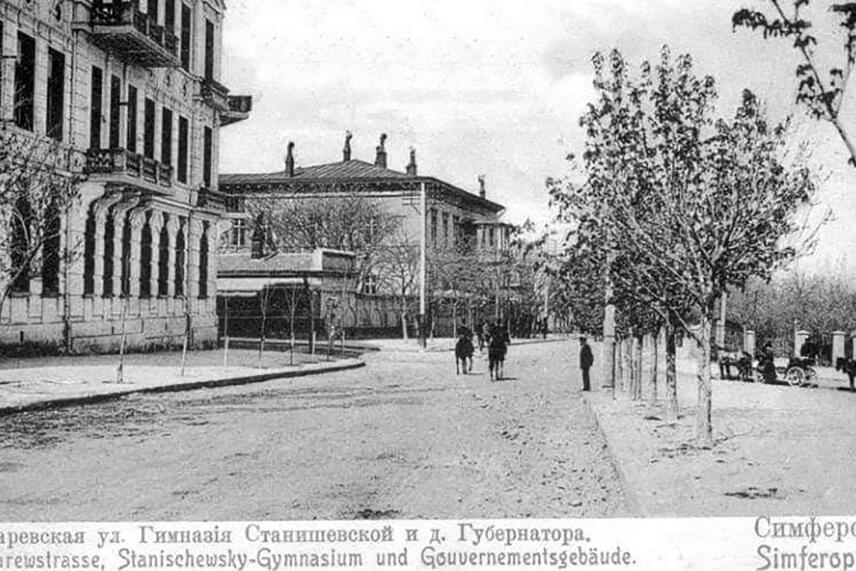Not so long time ago, until the middle of the XXth century, there were crafts and professions in Crimea, which can seem us to be unusual and sometimes even irrational now. In those times, many habitants of mountain villages and coastal settlements honed the skills they gained from their ancestors. Those skills supported their families from generation to generation and they were considered to be the native Crimean ones. However, the history’s spirals wiped off traces of some of these crafts from the surface of the Crimean land for several stormy decades.
There are so many memories about all forgotten Crimean crafts that a sizable book can be created. A local lore specialist and famous tour guide Ivan Kovalenko told about some of those crafts to “The Crimean Magazine”.
Radioactive soap
State Councilor Shebeko was standing at the window of his home on Nevskiy Avenue and looking at the street. His coachman Stephan was coming back from the store, carrying a parcel in his hands and showing pride in his every way. “Why are you so pleased as a high-school student at a ball, Stephan?”, — the Councilor liked his tricky servant. Stephan could always get some difficult-to-obtain specialty from vendors to please his lords. “Well, it’s soap, Your Honor!”, — the coachman unwrapped the parcel, which covered solid bricks of soap wrapped in a paper package. Shebeko twisted a finger at his temple: “You really went crazy as you are happy about simple soap, Stephan” The coachman broke into a bigger pleased smile: “This is not the simple soap! It’s called “radioactive and healing one”. It is delivered from Crimea. All ladies of Saint Petersburg want it. You will give this soap to Anna Sergeyevna, just imagine how happy she will become then. You will thank me later!” The State Councilor took a pull at cigarette, looked back at the portrait of his favorite spouse and smiled: “Well, if it is soap, so let it be then”.
Since the ancient times and until the middle of the XXth century, people mined unique clay called kil in Crimea. This rock formation is only found within the peninsula and nowhere else in the world! Kil was formed due to the long exposure of the sea water on the volcanic rocks. And thanks to its natural fatness, kil possessed soap’s properties.
The generations of Crimean Greeks and Tatars dug holes and underground shafts in the outskirts of Sevastopol and Simferopol, where a large number of the unique clay deposits were concentrated. Tatars and Turks used that clay for washing their hair and sheep’s wool, as well as for medical purposes.
Soap was produced from kil, which the Crimean nations used in the ancient times when they took a bath. Skin diseases were treated by kil and people got rid of dandruffs with its assistance. The word “kil” is translated from the Crimean Tatar language as “wool, hair”. And often, it was called “sapun” — soap. Famous Sapun Mountain (“soap mountain”) located near Sevastopol, where the unusual clay was also mined, got its name from that word.
Kil was delivered from the Crimean Khanate to Istanbul from the port of Kafa (Feodosiya), and from that place it was distributed throughout Asia Minor, where its price was extremely high. All the baths of Istanbul used the Crimean kil for providing a shower. At the beginning of the XXth century, an entrepreneur from Sevastopol F.Kharchenko established a soap factory, packed soap clay brick in a wrap and delivered it to metropolitan women of fashion. He himself overstated as an entrepreneur, who “earned the worldwide fame of healing beauty soap of kil”. It was written in his flyers that “curative actions of kil can be explained by its significant radioactivity”. There, it was mentioned that “kil soap is six times stronger than well-known curative muds of Saki!”! It is an interesting fact that there were some speculators, who falsified kil soap through packing simple the clay in a wrap, which could be delivered even not from Crimea.
During the period of the Soviet Union, kil was packaged and sold throughout the country as “the Crimean soap kil”. It was also kilned and used as a toothpowder. In the 1930’s, the industrial mining of kil (the sloping shaft was excavated) was begun near Simferopol and annually up to 30000 tons of kil were mined. Before the beginning of the war, the Crimean kil was exported to the USA, which bought it for 50 dollars per pood.
The first laundry detergent of the USSR was started to be manufactured right from the mix of the Simferopol kil and Crimean soda in 1933! That natural powder was simply called “StirPor” and until the mid XXth century it was the only detergent used by Soviet people.
During the period of the Great Patriotic War, the factory and mines were destroyed and mining craftsmen of kil — Greeks and Tatars were expelled, so afterwards, the housekeeping industry started offering personal hygiene products, thus the wonderful natural soap from Crimea was forgotten.
Crimean amber
The river Kacha has its source in the out-of-the-world spot of the Crimean mountains. In 1920, more than a hundred years ago, a baron Pyotr Wrangel ordered to start excavation works on the northern slopes of Mountain Beshui. Workers were digging shafts and horizontal tunnel. A narrow-gauge railway was started to be laid to an impassable area. The official story sounds like that: the White Guard needed coal for steam locomotives. And the only coal-mining field was discovered near Mountain Beshui. However, it turned out to be of bad quality and was unable to be burnt. Furthermore, trains ran very seldom in Crimea. But workers were savagely hammering the rock, strengthening the shafts with logs and mining coal. Nevertheless, the coal was put into the boxes, which were seriously protected and kept at the barn. The security service was provided not by soldiers, but by officers, who were headed by the person from the inner circle of the almighty general Alexander Kutepov.
According to Wrangel’s plan, it was decided to implement a large number of shipments of sealed containers with the Crimean coal to Sevastopol on 22 August 1920 and then the cargo will be transported to Romania. But, in the night of 20 August, dozens of thugs broke into the mining town, slaughtered the guards, forced open the cash office, exploded the rails, planted the blasting charges under the containers with coal in it and left the positions through going to the forest without having casualties. The thugs didn’t hurt the workers, but they locked them in the barracks. The criminal boss of the large daring gang Alexei Mokrousov, who came from nowhere to the forests of Crimea several months ago, took the responsibility for that raid. However, this is another story.
Why did Wrangel personally control the shipment of the strange cargo to Europe and why did the gangsters have the aim to terminate that operation? There wasn’t coal in the containers. The black gold, which the baron negotiated to exchange for yellow gold and arms, was inside of the containers. The cargo consisted of black amber, which is jet coal.
Frequently, gagate is called a semi-precious stone. This is a rare kind of dirt-resistant bituminous coal with a matt finish, which can be easily processed with blade, rasp file and lathe. It burnishes well. The blacker gagate is, the more expensive it is. Overseas, jewels are manufactured from jet coal — writing sets, buttons, brooches, bracelets, strings of beads and etc. Samples of the Crimean jet coal could reach large sizes and could be of a deep black color. European clients were ready to pay much for it.
From the middle of the XIXth century, local Tatars knew about gagate and crafted prayer beads, bead necklaces and cigarette holders from it. In 1886, it was proposed to local habitants to “create different crafts from gagate, as it was in great demand abroad — customers pay 26 roubles per pood”.
In 1893, a box of large samples of the Crimean gagate was sent from the forestry of Simferopol to a world exhibition to Chicago.
At the beginning of the XXth century, there was a workshop (lapidary studio and jewelry) in Simferopol, which produced items of the local black amber.
In 1933, the Soviet authorities returned to the thought of making money on the Crimean jet coal. The People’s Commissariat of the regional industry had thoroughly explored the coal fields and opportunities of its using and export. However, the Soviet officials couldn’t reach agreement with the West side. It was decided to manufacture earrings, cigar holders and beads, which were sold in the stores of the peninsula. Currently, the old mines are located on the territory of the natural reserve, a passage is denied, talking about adits, they are covered with the ground and it’s danger to life to approach them. Sometimes, a forest ranger or geologist can find a piece of a small black tarry stone — the Crimean amber on the slopes of the mountain in the old mine dump.
Flower-buds to Frenchmen, cucumbers to Tatars, onion to Turks
The French cuisine isn’t complete without marinated and salted buds of the plant called a caper bush. Frenchmen eat tons of these miniature flowers.
In Crimea, caper bushes grow at the seaside slopes from Alushta to Sudak. When colonizers from France settled in the outskirts of Feodosiya and Sudak, they started to gather also the Crimean capers and serve them on the table. Actually, the local population didn’t show any particular love to that dish. Moreover, in the end of the XIXth century merchants-entrepreneurs bought capers at a cheap rate and sold them in Moscow under the guise of the French ones for 32 roubles per pood! What a smartness!
In the 1930’s, specialists of the All-Union Institute of Plant Industry of the USSR paid their attention to the wild growing Crimean caper, which could be used in production of marinade for selling it at the European market. But it was not possible to organize harvesting of plant buds on an industrial scale and open a supply line to Europe.
There is the settlement of Sokolinoye, its former name is Kokkozy, in the Bakhchisaraiskiy District. In many respects, it’s very interesting and mysterious village. For instance, its local habitants were Tatars, who had blue eyes and blondish hair. Moreover, at the beginning of the XXth century, the village’s gardens gave rich harvests of the only absolute black-leaved leek in Crimea! The leek of black color grew thanks to some secret receipt that was handed down from generation to generation by the blue-eyed residents of the settlement. The black-leaved leek was rather valued at the court of Crimean khans and this outlandish food was delivered to the palace of a Turkish sultan in Istanbul.
In the 1870’s, arpachik, which is a tiny kind of onion, was gathered in Yevpatoriya. The onion from Yevpatoriya was considered to be excellent vegetables for condiments of boiled food, but it was hardly edible because of its strength. Residents of Yevpatoriya sold it rather profitable at the markets of Odessa.
After the Civil War ended, the secret of cultivation of black-leaved leek and arpachik was completely lost. If it turned out to be different, then today not only the Yalta red onion, but also the black-leaved leek of Kokkozy, as well as the tiny onion of Yevpatoriya would attract tourists!
The fact that a special variety of giant cucumbers, which reached almost a meter in length seems rather incredible. In 1875, a lore specialist V.H.Kondaraki wrote about it: “There is a special specie in Crimea, which is mostly liked by Tatars among other known varieties. The cucumbers near Uskut and Duvankoy villages reach a giant size that can achieve an arshine in length. They are grown in glades opened to the sun and constantly flooded with slender jets of water. The special feature of these cucumbers called the Tatarian ones is the thickness (chaff) of their walls, within the center of which tender seeds are concentrated”.

